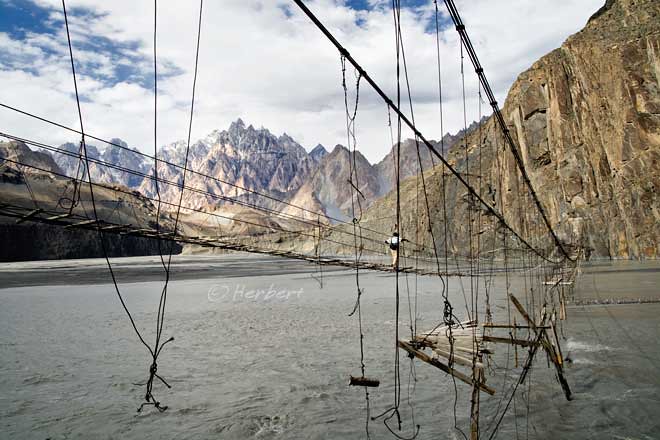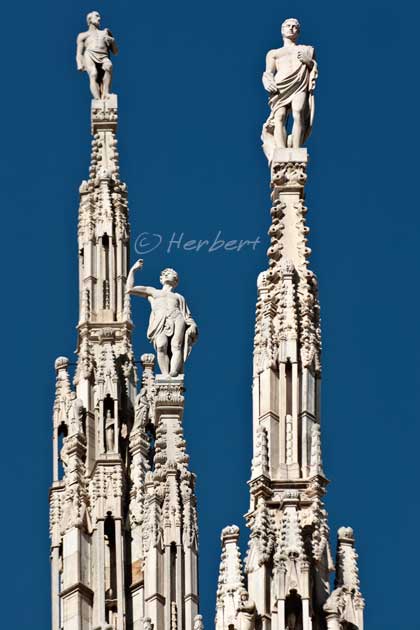As if there weren’t enough shops, museums, and historic landmarks to fill your time in London, you’re in reasonable proximity to a host of daytrip adventures that will entertain, educate and mystify you. Here’s a sampling to get started.
STRATFORD UPON AVON
It’s not just because my last name is Hamlett or that I write stage plays for a living but my first pick is a visit to the home of one of England’s most prolific authors: William Shakespeare. The English are particularly proud of this quaint 16th century township and its well tended gardens and meandering walks. It’s here in the Midlands that you will not only find the Bard’s birthplace but also the cottages of Anne Hathaway, his wife, Mary Arden, Shakespeare’s mum, and Susan, Shakespeare’s oldest daughter. The extensive exhibits–including writings, art, furniture, household items and vintage farming tools offer an insightful peek at the surroundings of a man whose works are still performed on stages throughout the world. If you’re a shutterbug, take plenty of film for the gardens alone! “Everything Shakespeare” could easily be the motto of every bookstore, museum and gift shop in the region. Be on the lookout for costumed actors in your midst as well. Stratford is home to the Royal Shakespeare Company and three theaters—The Swan, The Royal, and The Other Place. Today—just as during Shakespeare’s time—the actors are required to learn multiple roles for different plays performed throughout the same day.
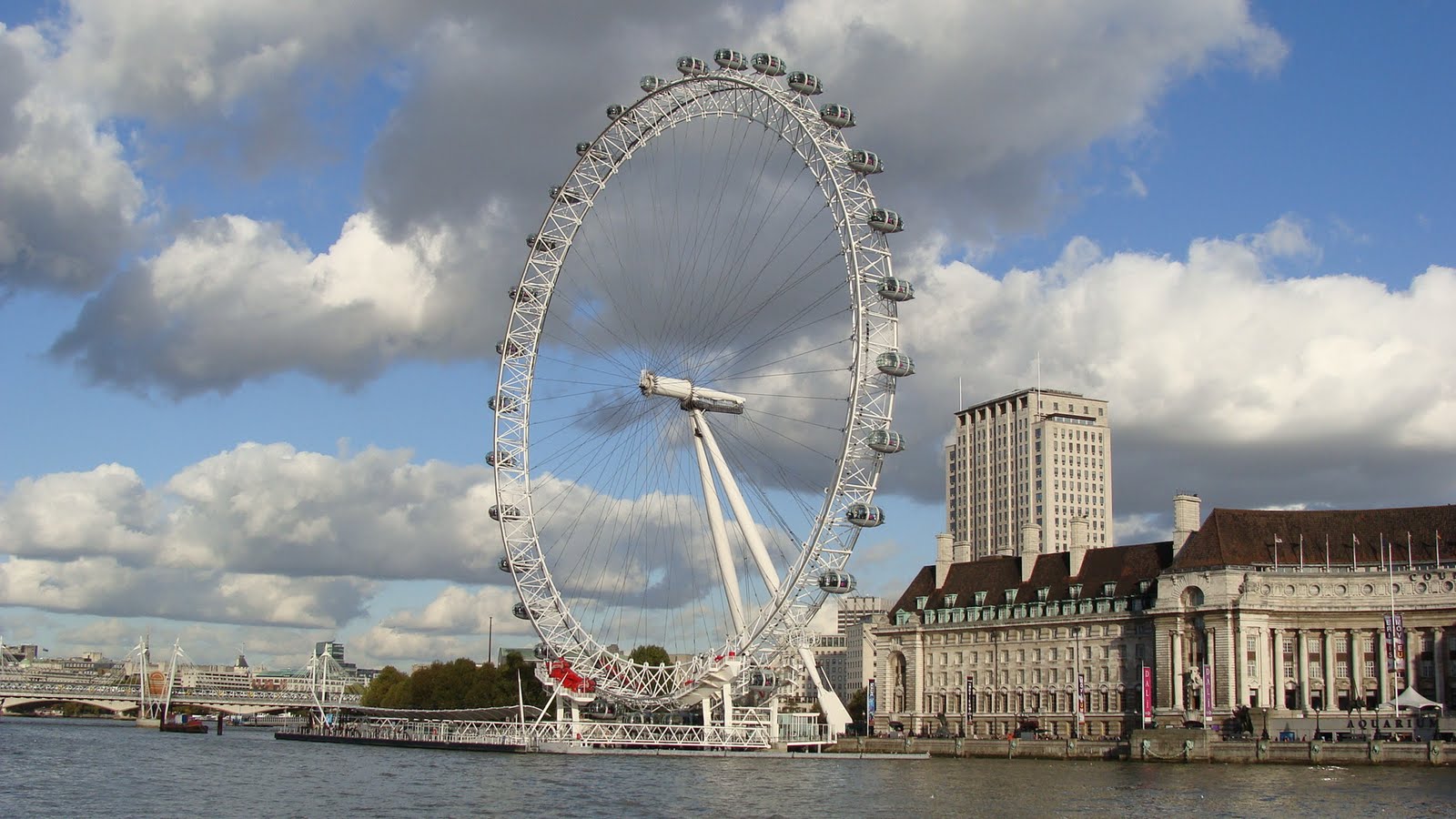 BATH
BATH
Even the ancient Romans knew a good destination resort when they found one. The natural hot springs in the region known as Bath was the perfect leisure prescription after months of plundering and pillaging. They also erected a number of statues of themselves which look down on an Olympic size swimming pool in the main courtyard. You probably wouldn’t want to take a dip in it now, of course. In addition to the strong aroma of sulfur that permeates the entire facility, the water in the pool is a dark “slime green.” Yech. The most mystical part of the ruins at Bath is the equivalent of a large contemporary hot tub. Legend has it that whatsoever you wish for when you throw in a coin will come true. The catch, however, is that you need to wish wisely and leave no room for ambiguity. I, for one, can personally attest to the pool’s power. The first time I was ever there in 1992, I wished for a knight with shining armor to come into my life after my return to the U.S. My first day back at work, the first stranger to walk in the door is the man who became my husband. The amazing part? He also had a full size suit of armor in the foyer of his office.

The city of Bath is excellent for shopping and affordable eateries that range from funky little hole in the wall pubs to full service restaurants. The Medieval landmark that dominates the central square, however, is Bath Abbey. Although this historic church recently observed its 500th birthday, it wasn’t the first place of worship to occupy this spot. Back in 757, it was an Anglo-Saxon abbey. When the Norman conquerors came through the area in 1066, the first thing they did was tear the whole thing down and start building one of their own. Unfortunately, their budget couldn’t sustain their lofty dreams and the project fell into disrepair by the end of the 1400′s. The current abbey no sooner got underway when along came Henry VIII who decided all monasteries should be abolished in order to make way for his own Church of England. The present abbey is now a local parish which holds regular and special services. If you’re the tiniest bit claustrophobic, you may not want to spend too much time in its cloying chambers. Couple this with the fact that you are walking over the grave markers of those buried beneath its floorboards and it can be downright spooky, Try to delay your departure until sundown; locals call Bath Abbey “The Lantern” and for good reason. It really is a beautiful sight in the evening hours.
 STONEHENGE
STONEHENGE
In the middle of the windswept Salisbury Plain is a ring of massive stones that has baffled mankind for thousands of years. Was it built to be a place of pagan sacrifice? A memorial to the dead? A primitive type of calendar for tracking the sun and the stars? A whimsical bit of showmanship by King Arthur’s sorcerer, the enigmatic Merlin?
As if its true purpose were not enough for generations to ponder, there’s the entire issue of how these monoliths got to Salisbury Plain to begin with. Weighing in between 5 and 45 tons each, they are made of bluestone, a rock that is not indigenous to the area. In fact, the nearest source of bluestone is in the interior of South Wales, a distance that would have required them to be transported to the water, transported across the water to England, then transported inland. When you consider that this was all accomplished with manual labor, it takes on the proportions of mind-boggling mystique akin to the Pyramids. You’ll also notice that some of the stones are lying across the tops of others. While scientists and engineers have come to credit this feat to basic tongue and groove joint architecture, they still can’t account for how the stones were lifted so high into place and have remained there throughout the millennia.
OLD SARUM AND SALISBURY
Once upon a time—5000 years to be exact—two Iron Age banks marked the entrance to what would become the ancient city of Old Sarum. Taking advantage of this natural fortress provided by Mother Nature, the Romans, Saxons and Normans respectively used it as a stronghold. The Normans, in fact, decided to make their mark with a massive castle and a cathedral during the 12th century. Unfortunately, the ongoing friction between church and state during those violent times compelled the Bishop to order the construction of a new cathedral a few miles down the road. When the rest of the community pulled up stakes to follow, the new town of Salisbury was born. Very little remains of Old Sarum’s original structures but it’s still an intriguing venue to visit for its historical significance. Meanwhile, over in Salisbury, the star attraction is its cathedral. Boasting the tallest spire in England (404 feet), Salisbury Cathedral was largely a start-to-finish project completed by one generation of builders. You would also think that a building that tall would require some heavy-duty infrastructure extending far below the earth’s surface. Instead, the entire cathedral rests on a foundation of only six feet. Combine this with the fact that the ground is always wet from the volume of English rainfall and it’s nothing less than a miracle that it has neither sunk nor toppled over. While you’re there, pay a visit to the cathedral’s library and gaze upon the original of the Magna Carta. As you may recall from grade school, this document symbolized the supremacy of English law over the king and was signed under duress at Runnymede by King John, brother of Richard the Lionheart. Outside the cathedral, spend some time enjoying the charm of The Close, a walled-in cluster of period architecture, shops and restaurants.
 WINDOR CASTLE
WINDOR CASTLE
Windsor Castle, situated above the Thames, has to have been the inspirational setting for every children’s fairy tale. The building of it as a fortress was commenced by no less than William the Conqueror a thousand years ago. With the exception of a brief period during the 17th century when it was appropriated as a prison by the Parliamentarians, it has been in continuous use as one of three official homes of the British monarchy. (When you’re there, look for the flag that announces whether the Queen and her family are in residence.) Just like American tours of the White House, the visiting public isn’t allowed into the royal household’s private quarters. What is offered, however, is a resplendent glimpse of the consecutive reigns of a country that once dominated a fourth of the planet. Of particular note is St. George’s Chapel which took over half a century to complete. The Most Noble Order of the Garter–England’s highest rank of chivalry–is well in evidence here. This is also the final resting place of past monarchs, including the oft-married Henry VIII. It was Henry’s wish to be buried on top of his third and favorite wife, Jane Seymour, the only one of his brides to bear him a son. Henry’s enormous girth at the time of his death, however, proved problematic. So heavy was his casket that it was said to have cracked the more delicate coffin of Jane when it was lowered into place. The tomb had to be hastily reinforced so that the two could lay with one another for all eternity. Henry’s surviving 6th wife, Catherine Parr, was not amused.
The other major attraction at Windsor is Queen Mary’s Dollhouse, which debuted in 1924 courtesy of its designer, Sir Edwin Lutyen. The astonishing detail will probably impress adults even more than children. For one thing, everything that is electrical or involves plumbing actually works. Artisans of the era were commissioned to handcraft the furnishings, rugs, and all of the china, silver and crystal house wares. Miniature, hand-signed volumes of the works of James Barrie, Sir Arthur Conan Doyle and others line the dwelling’s bookshelves. The oil paintings are originals, too. And if you and your pals from Lilliput find yourselves thirsty, all of those tiny wine bottles contain real wine!
After your tour of the castle, the village of Windsor in the valley below is a further delight to explore and enjoy a leisurely lunch.























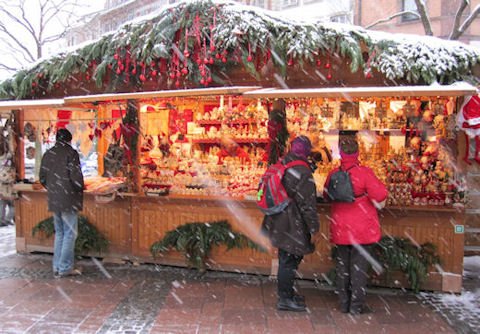
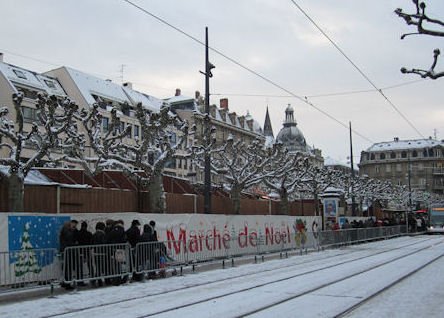


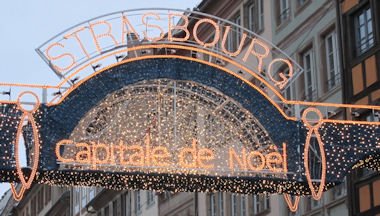








 Before lunch the “ghost”, a Spanish 55 year old 7ft tall homeless and heartbroken man with a brow lift, cheek implants and surfer hair orders me to stop eating my morning toast and mop the floors.
Before lunch the “ghost”, a Spanish 55 year old 7ft tall homeless and heartbroken man with a brow lift, cheek implants and surfer hair orders me to stop eating my morning toast and mop the floors.

